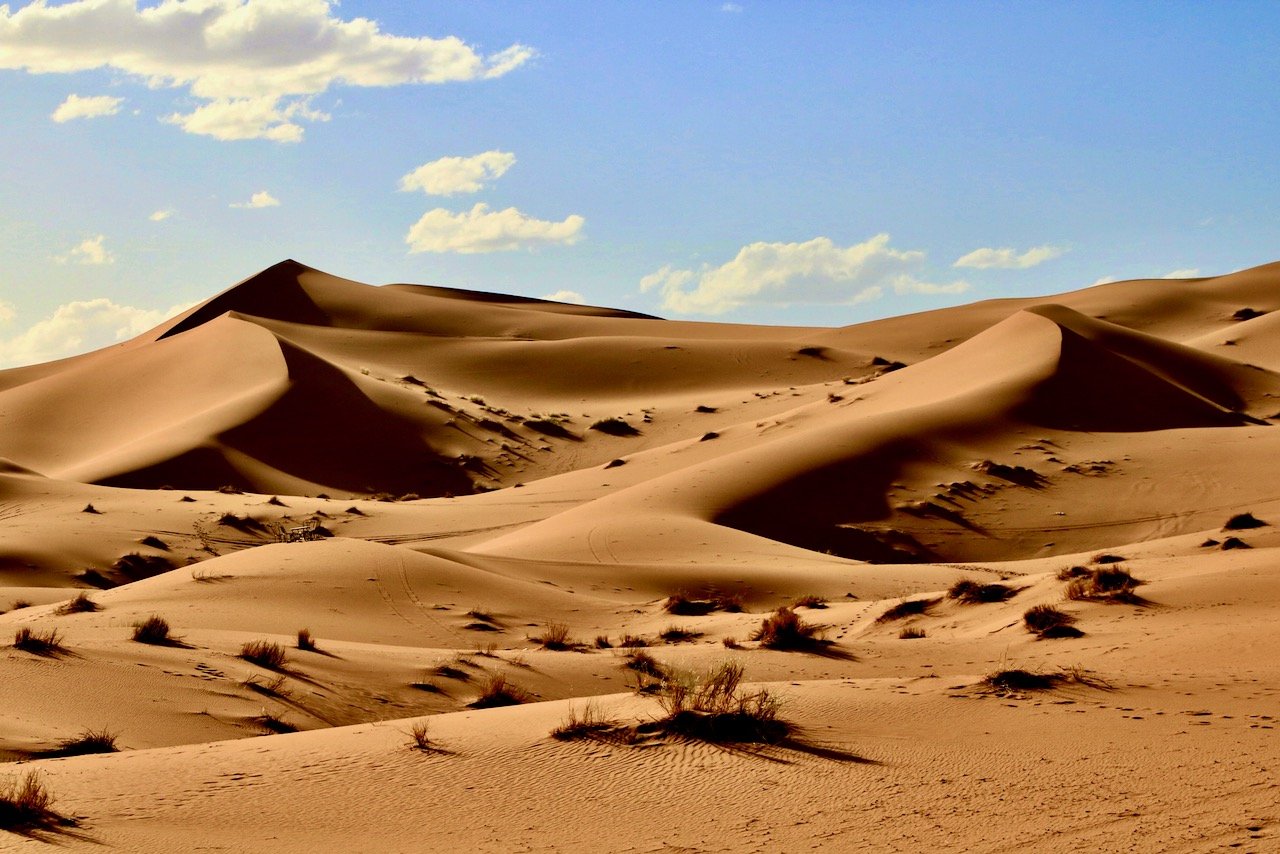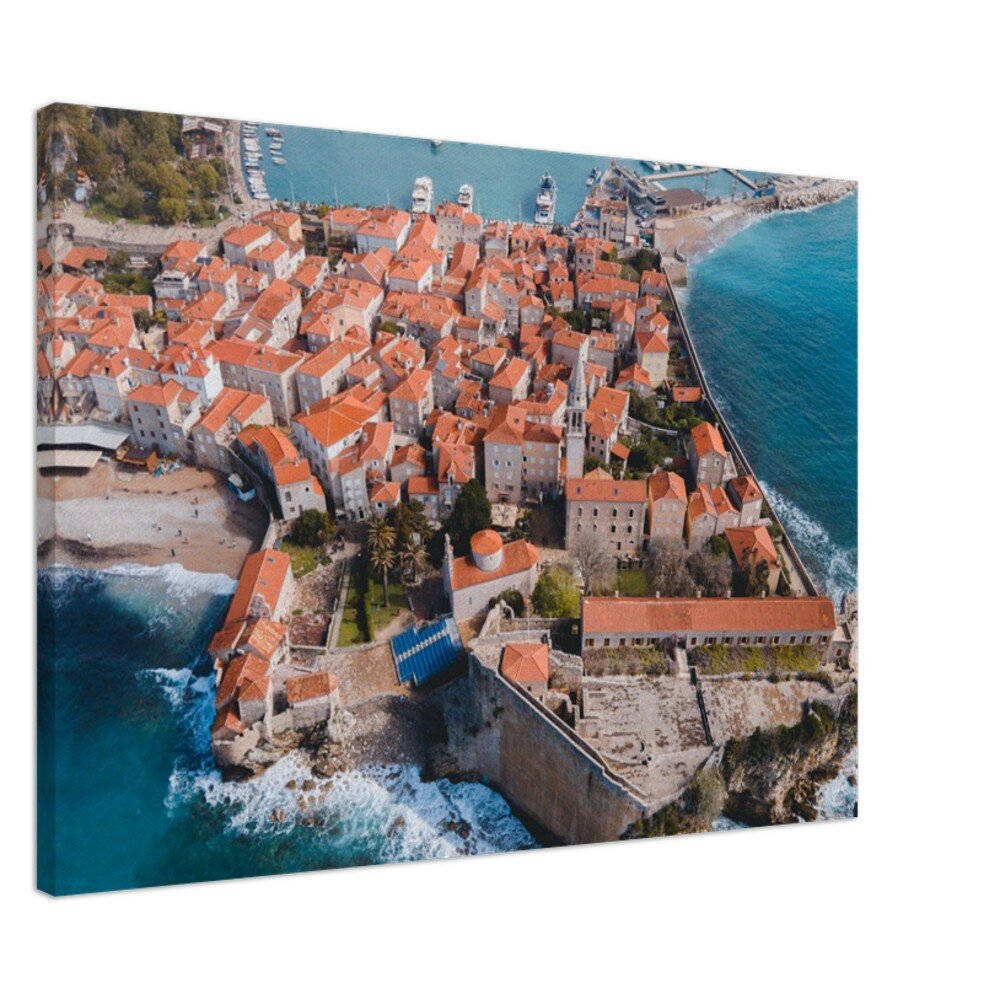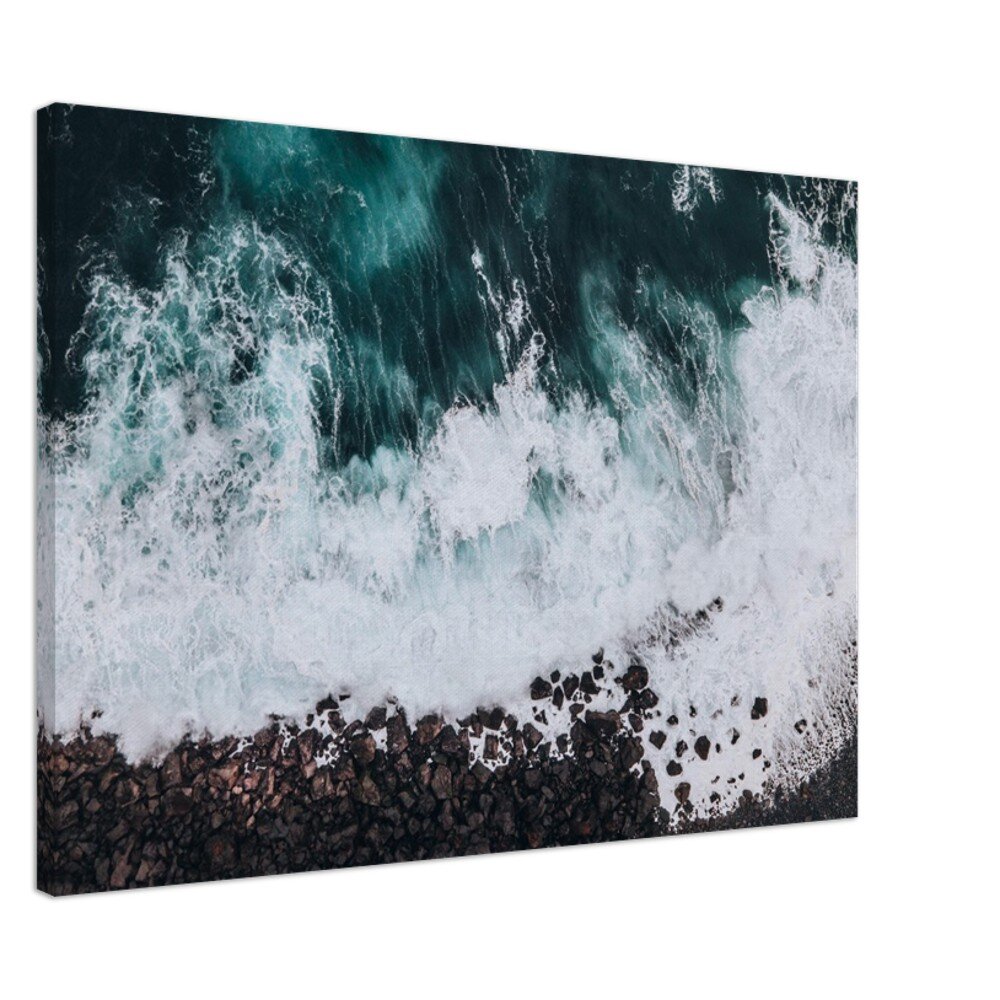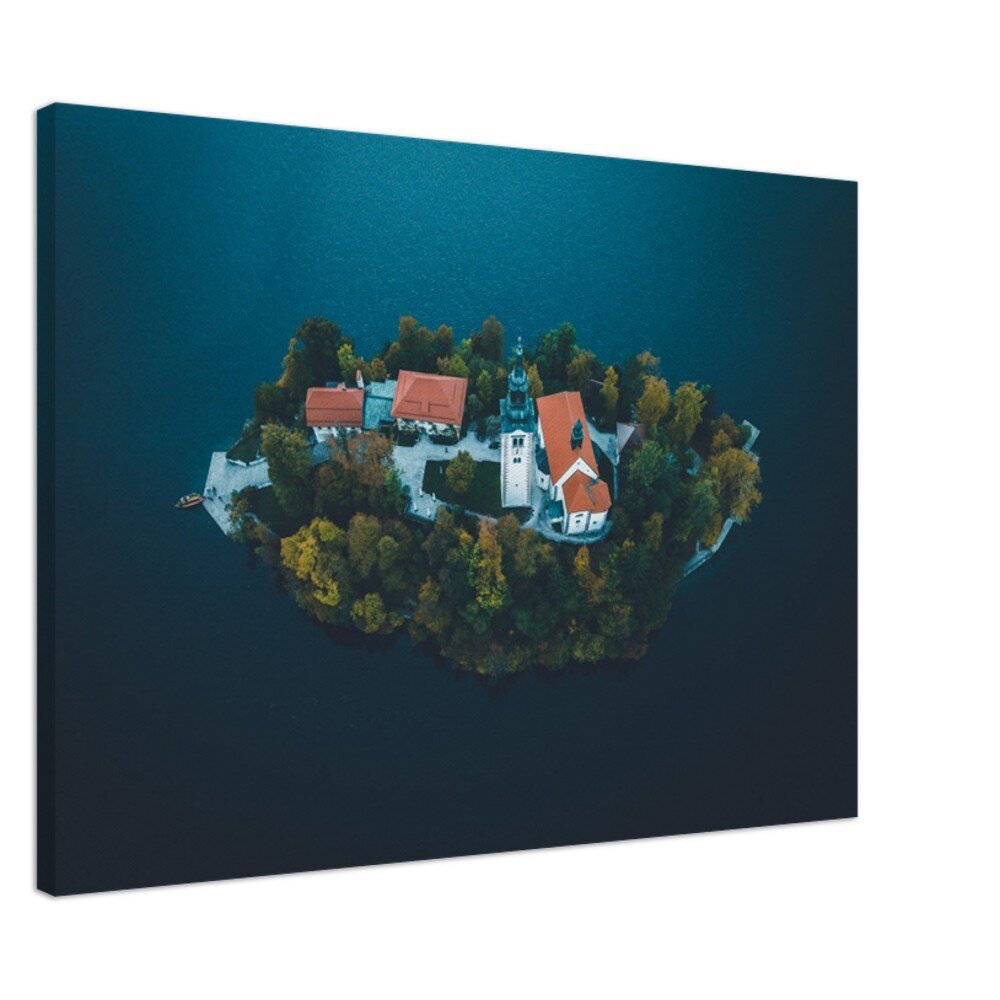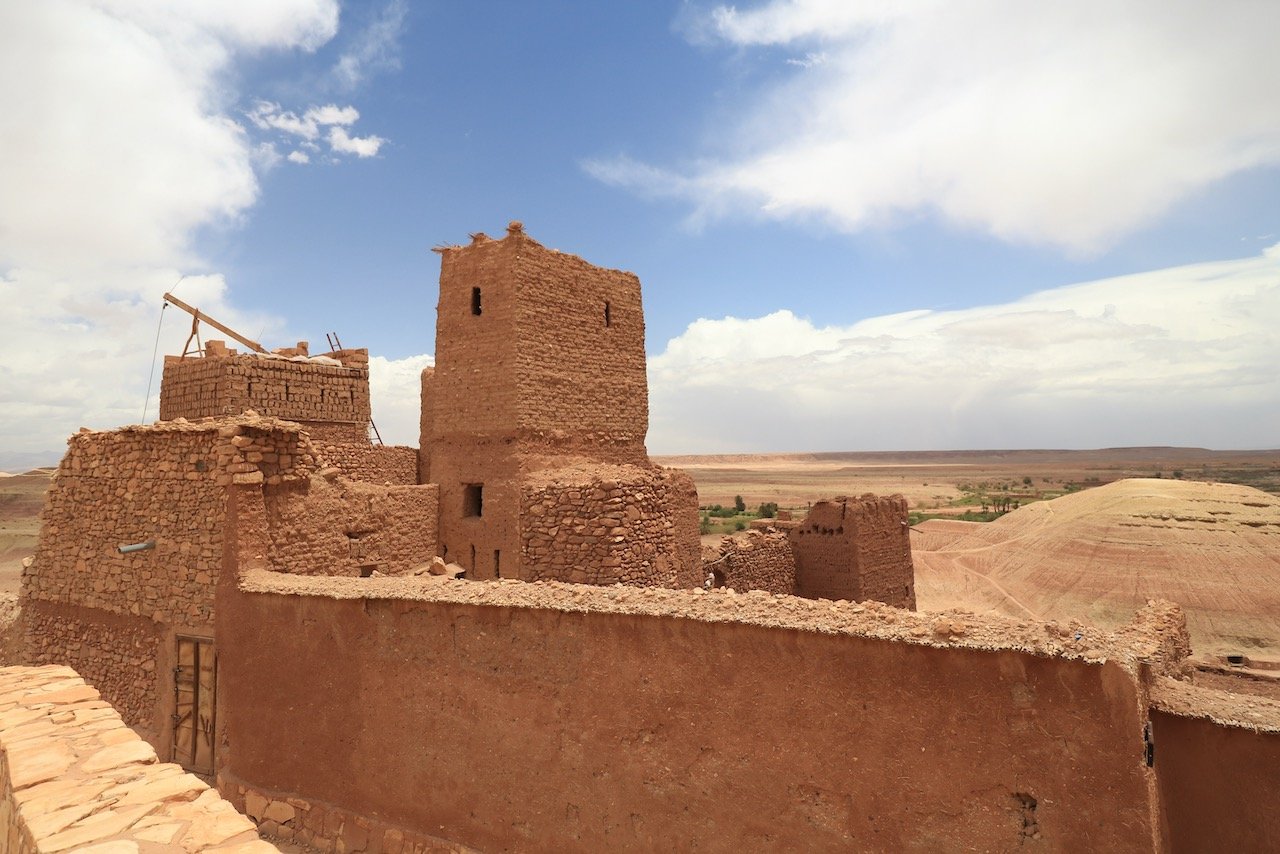Why you should see the Sahara Desert in Merzouga, Morocco
(Some links in this post are affiliate links. If you click through and take action, I'll be compensated.) If you are also interested in any PRINTS from any of my posts, be sure to check out my store where you can buy prints as posters, in metal/wooden frames or on canvas.
**This post is the 4th of a 5-post series discussing what to see in Morocco. (You can check out the other parts in the list below, separated by each specific city. Everything is also summarized in another post here.**
Morocco is a country in Northwest Africa, whose region has been inhabited for over 300,000 years. It bears a rich geography with the Atlas Mountains in the center/south of the country, the Sahara desert to the west, with Mediterranean and Atlantic coastlines to the north and west, respectively. The official languages of Morocco are Arabic and Berber, but you will also find French spoken in many of the country’s institutions.
In this post I will talk about some of the places to check out in Merzouga/The Sahara Desert. If you would like to read more about Morocco, feel free to check out the blog posts below:
Marrakech (Blog Post: Taking a Walk Through Marrakech, Morocco)
Essaouira (Blog Post: Explore Essaouira on the Moroccan Coast)
Chefchaouen (Blog Post: Just a few reasons why you HAVE to see Chefchaouen in Morocco)
Merzouga - Sahara Desert (Blog Post: Why you should see the Sahara Desert in Merzouga, Morocco)
Summary (Blog Post: Which city in Morocco is best for you?)
Merzouga is a village in the southeast of Morocco situated 31 miles from the border with Algeria. It is a popular village due to its juxtaposition to Erg Chebbi, a part of the Sahara known for its large sand dunes. Though the area remained largely uninhabited, it became a stop for merchants and later a site for French fortifications during battles occurring between 1916 and 1932.
If you like some of my photos that you have come across, just know that I have many prints showcasing a variety of landscapes available for purchase below! (Sold as Posters, Canvas, or in Metal-Frames and Wooden-Frames).
How to get to Merzouga
Now Merzouga is a bit off the beaten path. There are many ways to get here, depending on where you’re coming from.
You can rent your own car and drive however it is about 560 kms from Marrakech to Merzouga, and you also drive through the Atlas Mountains on the way. Those who LOVE a bit of adventure and road trips, with a lot of patience, then this is the option for you. Also, renting a car may not be the cheapest option as you would need it for a few days and automatic transmission is immensely more expensive.
Usually people take group tours that start in either Marrakech or Fez, the most popular origin being the former. This is usually the best way to go considering your transportation is covered, some of your meals, and an overnight accommodation in the desert. Any hostel and hotel will have information about these tours. What is also awesome about these tours is that you stop off in other places of interest on the way, such as Aït Benhaddou, Ouarzazate, and Dades Gorge.
If you don’t do a group tour, most people would opt for their own bus itinerary. Be forewarned that the buses have infrequent connection times. The only direct bus journey from Marrakech is with Supratours, which takes 15.5 hours and costs about $40. If you desire to see some of the other places that a small group tour would go, your bus itinerary gets considerably more complicated. I would refer to other blogs in this case who have experience with such a journey.

